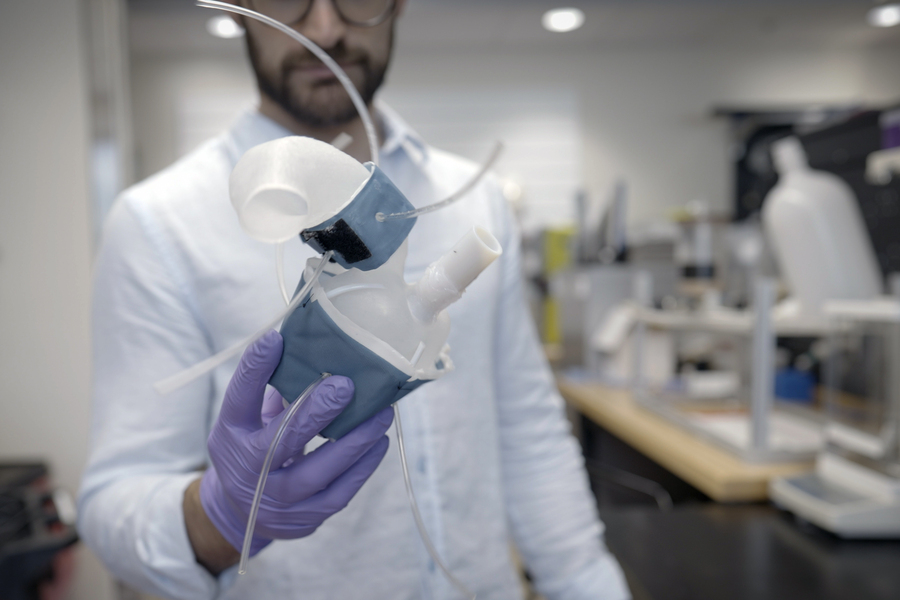Delamination is when the layers of the printed object separate from each other, resulting in a weak and brittle structure. Delamination can ruin the appearance and functionality of your 3D prints, and it can be very frustrating to deal with.
Causes of delamination
There are many factors that can contribute to delamination, but the main ones are:
- Printing temperature: If the printing temperature is too low, the layers will not fuse properly and will be more prone to splitting. If the printing temperature is too high, the layers will warp and curl, creating gaps and cracks.
- Cooling fan: If the cooling fan is too strong or too weak, it can affect the layer adhesion and cause delamination. A strong fan can cool down the layers too quickly, preventing them from bonding well. A weak fan can leave the layers too hot, causing them to deform and shrink.
- Printing speed: If the printing speed is too fast, the layers will not have enough time to bond and will be more likely to separate. If the printing speed is too slow, the layers will overheat and warp.
- Filament quality: If the filament is of poor quality or has absorbed moisture, it can affect the print quality and cause delamination. Moisture can cause bubbles and cracks in the filament, which can lead to weak and inconsistent layers.
- Bed leveling: If the bed is not leveled properly, the first layer will not adhere well to the surface and will create a weak foundation for the rest of the print. A poorly leveled bed can also cause nozzle clogging and extrusion issues.
Fixes for delamination
Depending on the cause of delamination, there are different solutions that you can try to prevent or reduce it. Here are some of them:
- Adjust the printing temperature: You can use a temperature tower to find the optimal printing temperature for your filament and printer. A temperature tower is a test print that consists of several sections with different temperatures.
- Adjust the cooling fan: You can use a cooling fan test to find the optimal cooling fan speed for your filament and printer. A cooling fan test is a test print that consists of several bridges with different fan speeds.
- Adjust the printing speed: You can use a speed test to find the optimal printing speed for your filament and printer. A speed test is a test print that consists of several cylinders with different speeds.
- Replace or dry the filament: You can use a filament dryer to remove any moisture from your filament before printing. A filament dryer is a device that heats up and circulates air around your filament spool, reducing its humidity level. You can also store your filament in a sealed container with desiccants to prevent moisture absorption.
- Level the bed: You can use a bed leveling test to check if your bed is leveled properly. A bed leveling test is a test print that consists of several squares across the bed surface.

